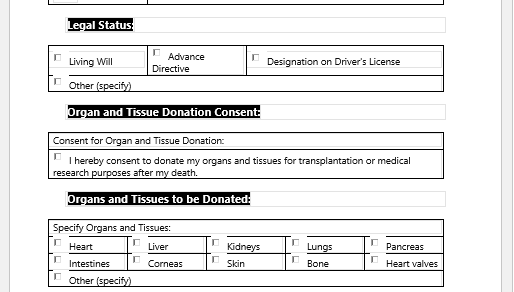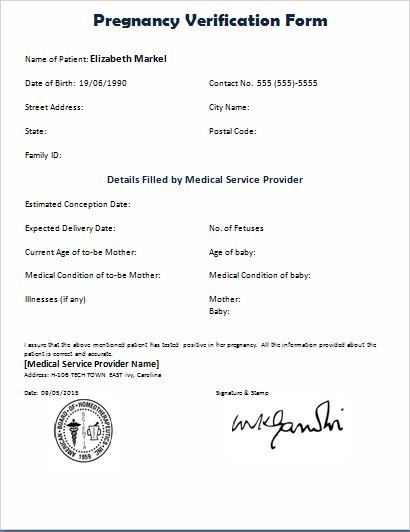Mycobacterium tuberculosis is a bacteria that infects the human body and causes the disease called tuberculosis. Most commonly, bacteria affect the lungs of humans, but they can also cause disease in other parts like the brain, kidney, spine, etc. Previously, the disease was notorious for being lethal, but now, if treated properly, it’s not lethal.
Latent TB and TB Disease
Everyone who gets infected with TB is not necessarily sick, as the disease has two stages: latent TB infection and TB disease. It is important to identify among them, as the management plan is different for each category. If latent TB cases are left untreated, they may lead to active disease cases.
Risk Factors for TB Disease:
By and large, we can divide the risk factors for TB as follows:
- Individuals who have had an infection recently, e.g.
- Persons who are in close contact with infectious TB disease.
- Individuals migrated to high-risk areas for TB.
- Group of individuals with higher rates of transmission, like drug abusers using injectables, homeless communities, etc.
- Individuals providing health care services to positive patients, employees working in high-risk environments for TB, etc.
- Individuals who have weaker immune systems. This group may include young children, the elderly, or people with any disease that leads to low or weak body immunity, e.g., Diabetes Mellitus, any malignancy, transplant patients on immunosuppressants, etc.
High-risk groups of people who get an infection may develop active TB disease or may fall into latent TB infection.
Specific Communities and TB
TB is one of those medical conditions that is not easily diagnosed, treated, or prevented. Although it is a fact that anyone can get a TB infection, it mostly affects different populations disproportionately. Individuals who are serving high-risk communities for TB, like clinicians, health care providers and agencies, and workers, play an important role in eliminating the disease, putting themselves at high risk all the time.
Tb Assessment for employees
Screening or assessment of employees for TB is now considered necessary not only in high-risk environments but also in other communities because we already know that disease transmission is higher in congested environments and spreads easily.
Assessment of employees before or after the job is done differently in different environments, as it can either be done by performing a screening test for TB, collecting historical or clinically based data, simply filling the forms asking basic questions, etc. Annual screening is not usually done until some specific conditions are associated with workers.
Test Forms for Tb
This is the most basic tool that can be used to identify high-risk cases of TB among workers. These forms are designed especially to ask for direct information that may include their residential area if it has high rates of transmission, any medical issue leading to compromised immunity, close contact with TB disease personnel, etc. Such forms are available with different checklists at different levels, but the basic concept is to screen the employees for TB.
Significance
TB assessment forms, irrespective of the modalities they include, are quite helpful in keeping a check on the spread of the disease among employees. They are helpful for surveillance as well, as we know that surveillance of any health factor starts with basic research regarding the history and clinical data.
These forms do help collect data and statistics for designed cases. Here we are concerned about the spread of Tb among employees, so the main purpose of these assessment test forms for Tb is early detection, rates, and pattern of transmission, keeping a check on the spread, and collecting the basic data.
- Diabetes Travel Letter
- Persmission Letter for Eatables in Office due to Diabetes
- Diabetes Letter to Employer
- Trackers for Medical Facilities
- Nursing Documentation Templates
- Letters for being Unfit to Travel
- Mental Health Evaluation Forms
- Forms Used by Pediatricians
- Various Forms Related to Pregnancy Verification
- Common Forms Used by ENT Specialists
- Patient Registration Confirmation Messages
- Quotation Letter for Medical Services
- Mental Health Letter by Doctor
- Excuse Letter for Absence due to Medical Checkup
- Response Letter to Feedback on Improvement in Hospital
- Letter to a Mother Who Miscarried
- Patient Feedback Letter Complaining on Issues or Incidents
- Letter to Family about Miscarriage



